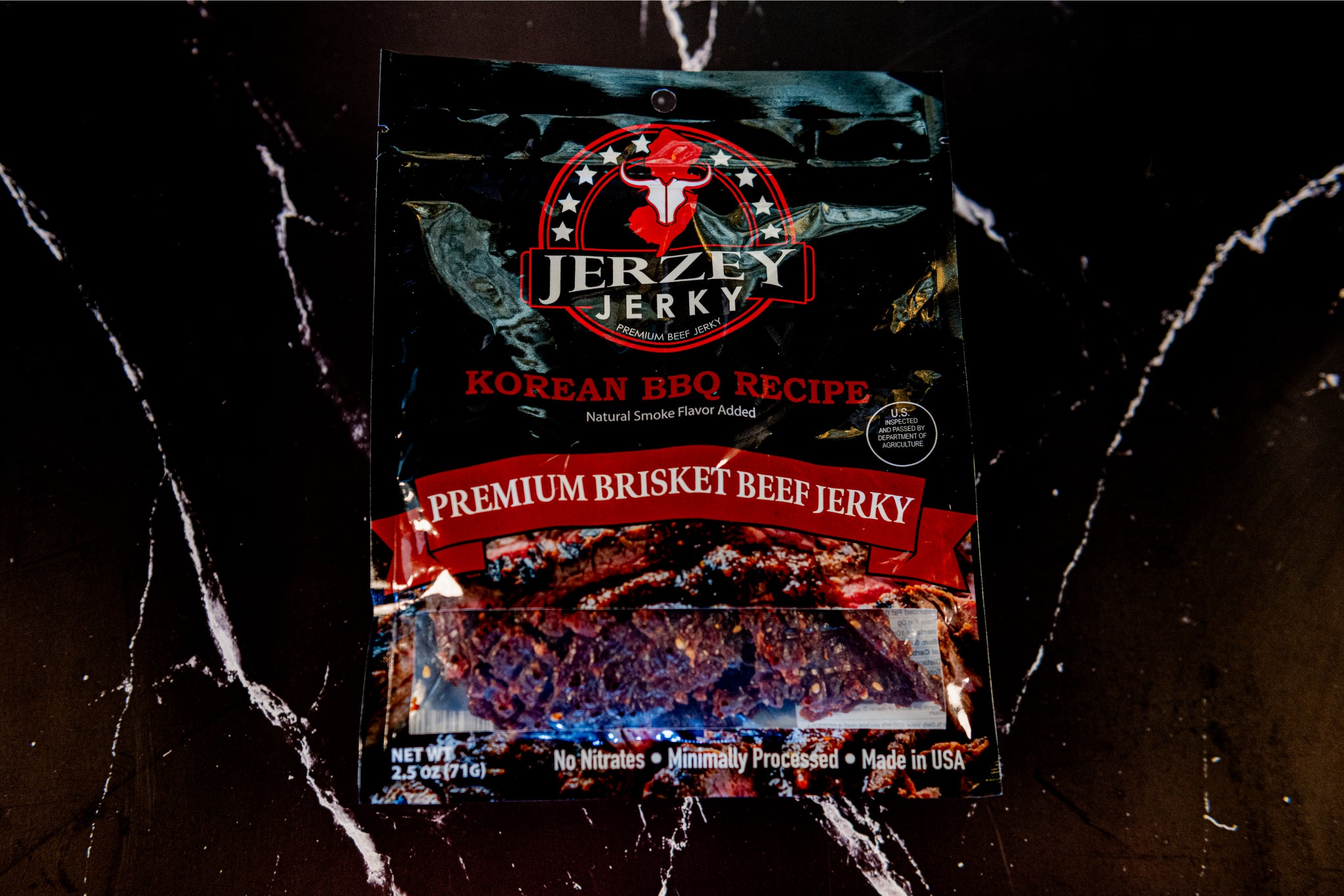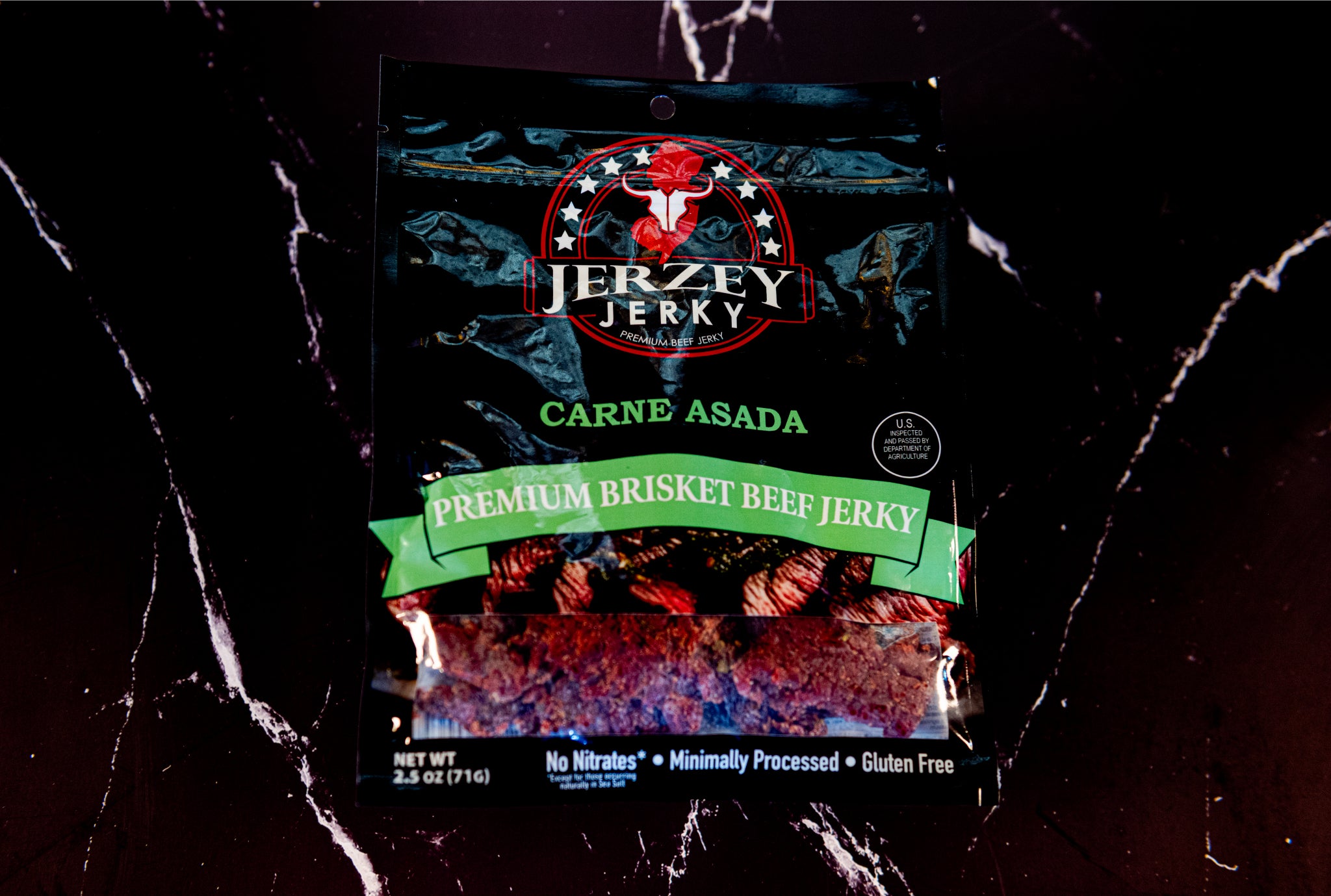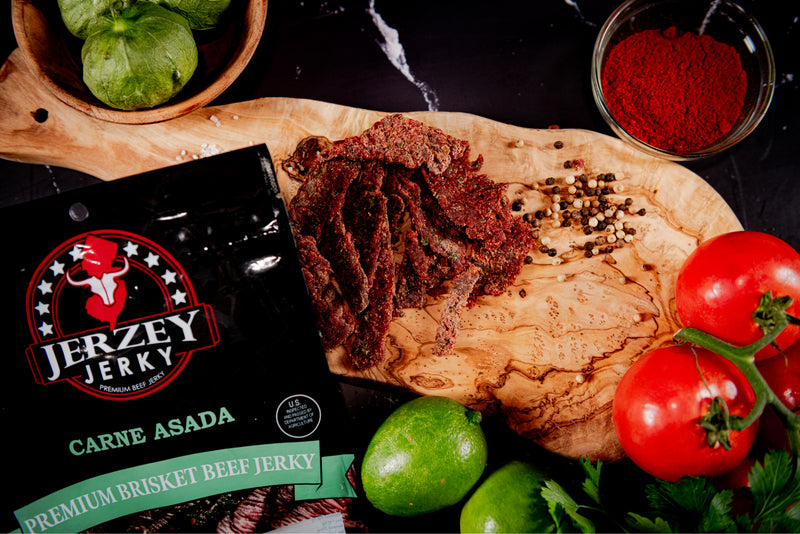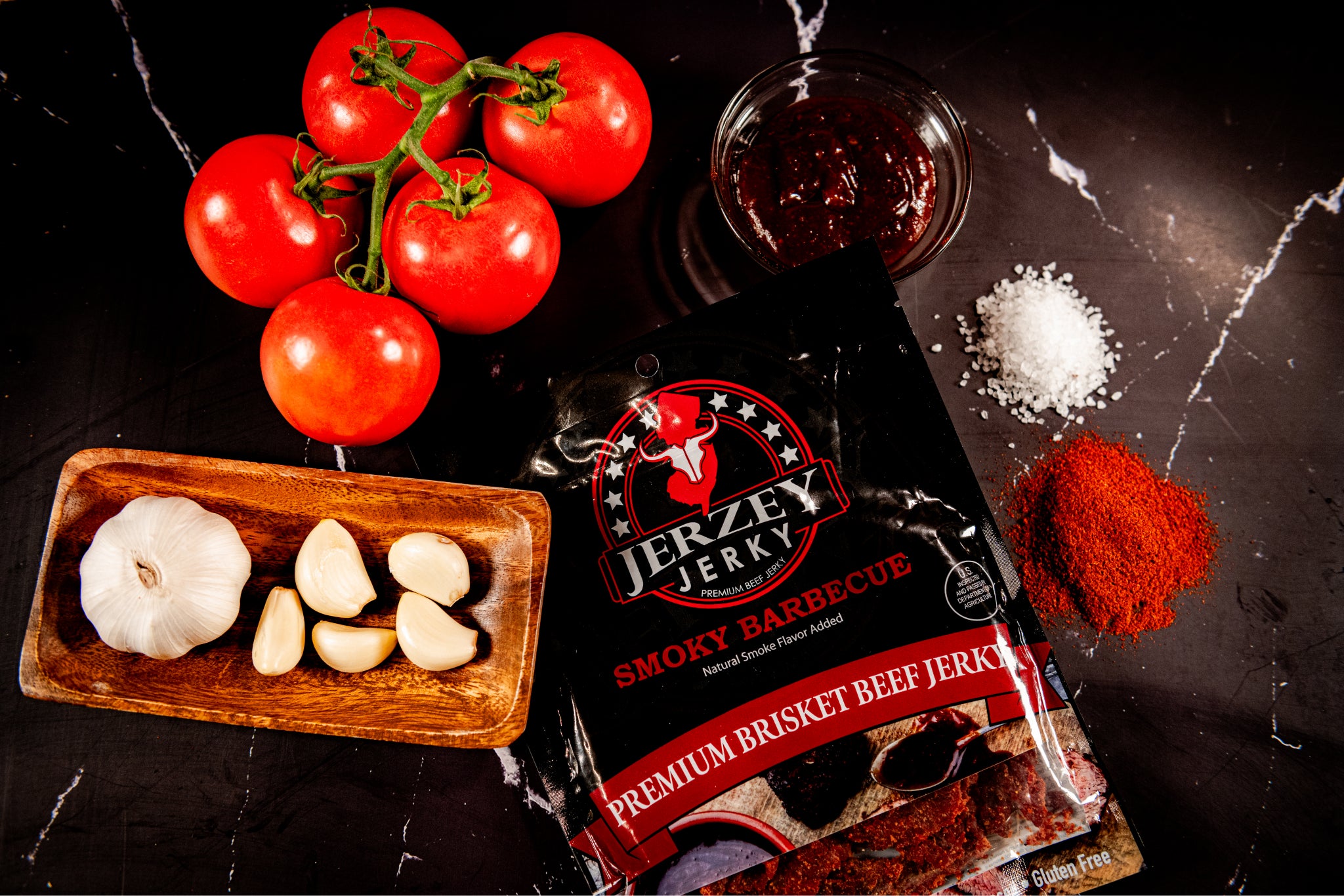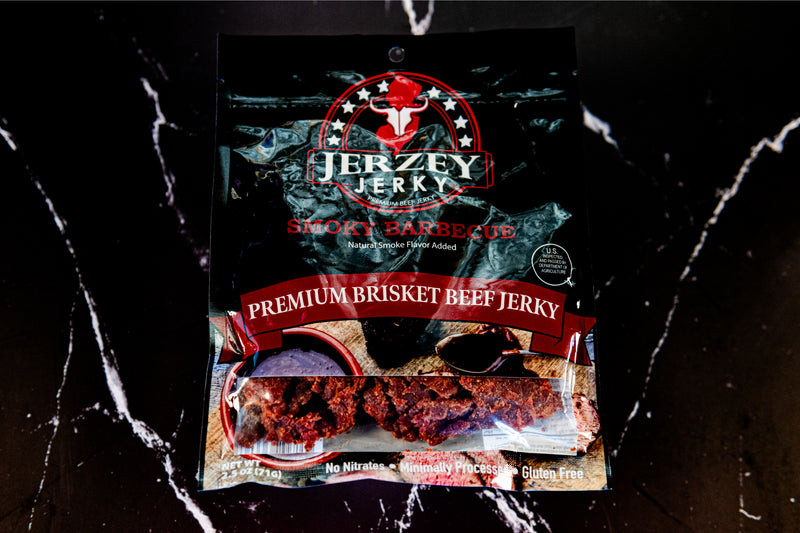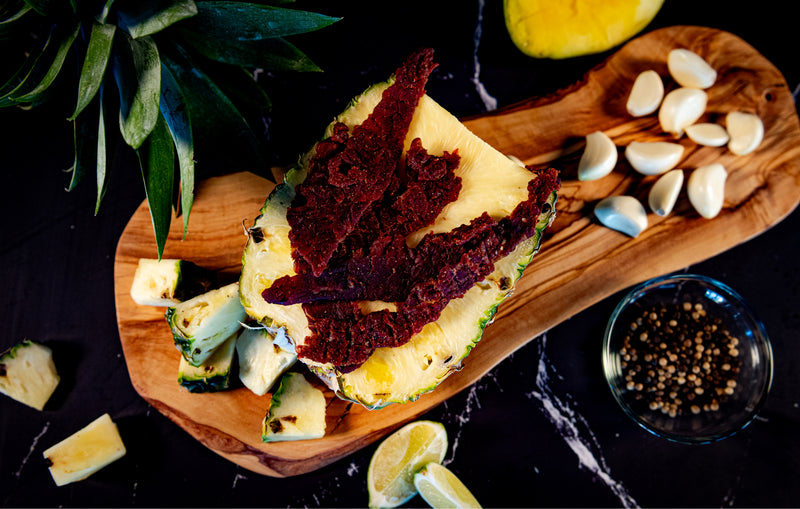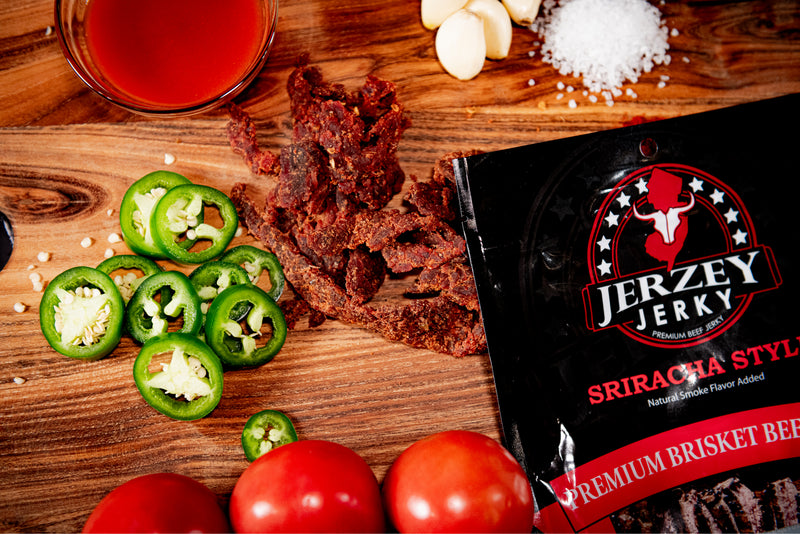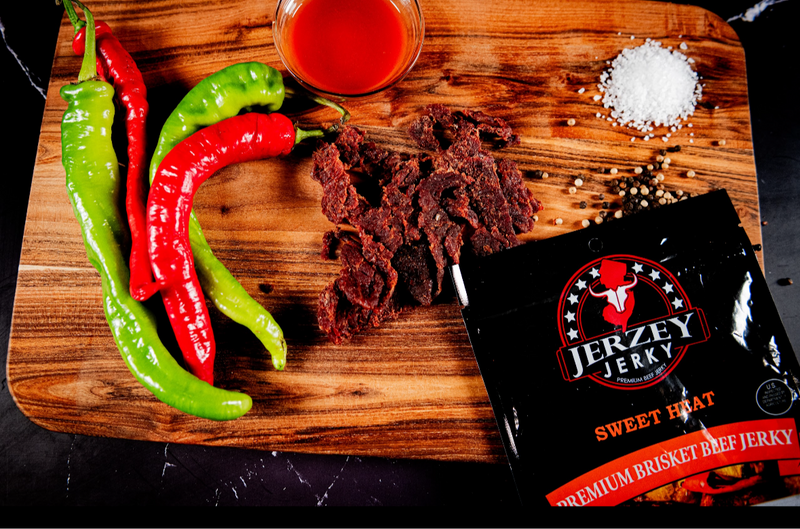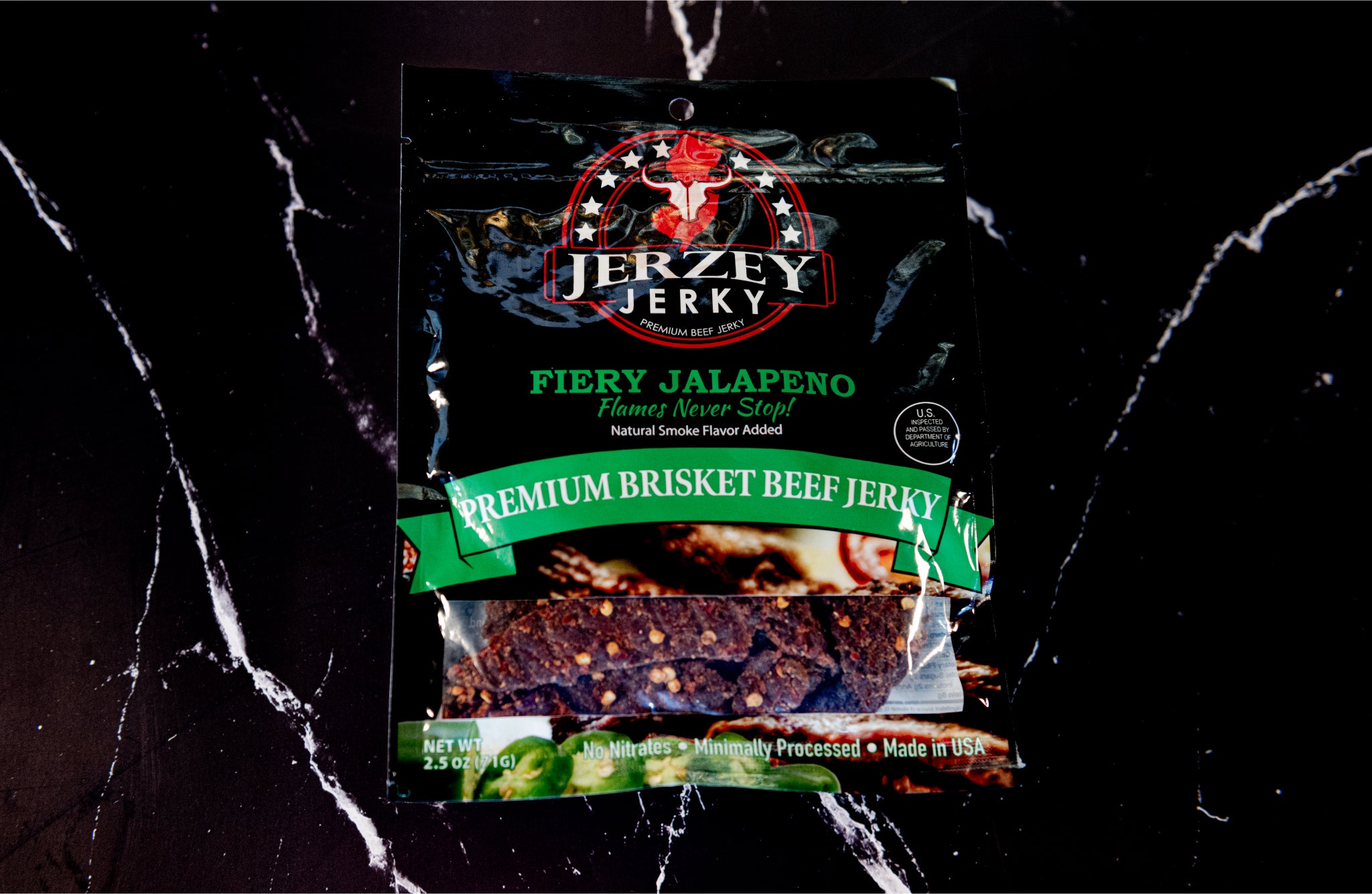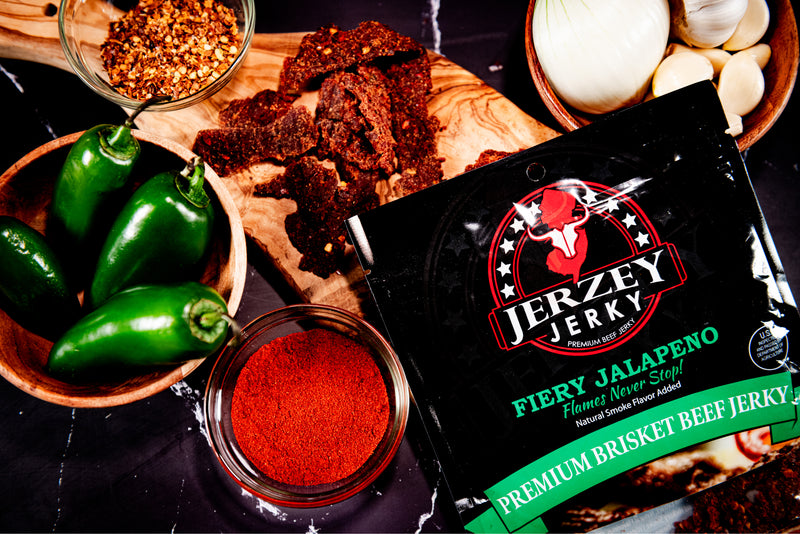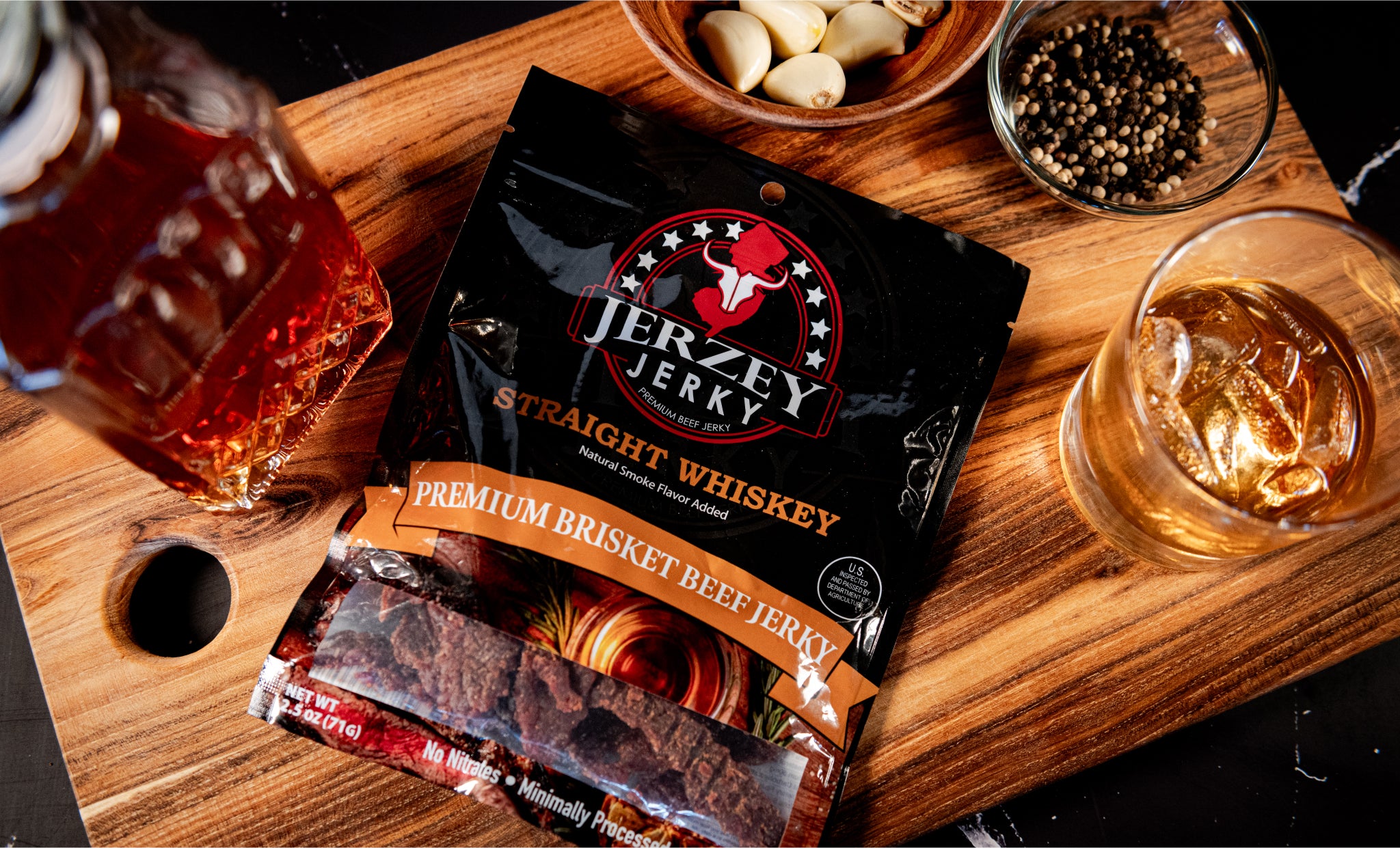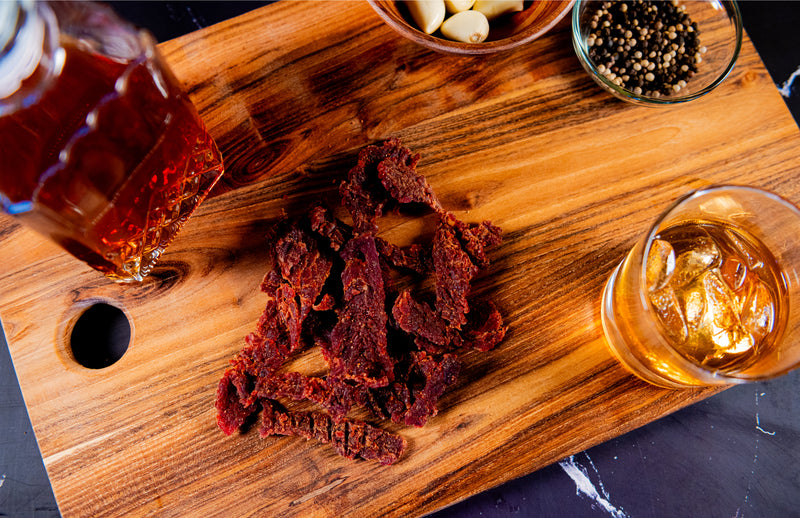
Shank Beef: Characteristics, Nutritional Value & How to Identify
Shank beef is obtained in the fore and hind quarters of the cow. These muscles are in constant motion causing the meat to be tough and have a lot of connective tissue. The cut has up to 18% collagen that becomes gelatin as it is slow-cooked.
Shank is one of the affordable cuts of beef. It is usually 30-50 percent cheaper than tenderloin or ribeye. Although its texture is tough, it is flavorful and soft when cooked for a long time with water.
The University of Nebraska, in its 2020 study by the Department of Animal Science, has found that shank has 20-22 percent protein and is also rich in collagen, which enhances texture when cooked at low temperatures. Cooks use shank in stews, soups, and sso Buco. The bone enriches flavor and broth texture with marrow.
What is the Nutritional Value of Shank Beef?
Here are the six nutritional values of shank beef:
- Calories: Beef shank provides roughly 128 kcal/100g. This value is lower than fatty cuts like brisket or ribeye, which fall at around 250–300 kcal. It suits low-energy diets and promotes healthy weight control.
- Protein: Raw shank contains 22g of protein in every 100g. This aids in muscle repair and body tissues. The protein in shank is more than in fatty cuts because it has a dense lean meat structure.
- Fat Content: The fat content remains low at 3.9 g per 100g. Saturated fat is roughly 1.3g. Shank is less marbled than chuck or short ribs (more than 10 g of fat per serving).
- Collagen & Gelatin: Beef shank has a lot of connective tissue. Cooking dissolves it into gelatin. Gelatin thickens and enhances the softness of broths. This qualifies shank to be used in soups and dishes containing bones.
- Vitamins & Minerals: Shank contains 3.3ug vitamin B12, 2.3mg iron and 6.9mg zinc per 100g. These aid in strengthening blood and are beneficial to brain and immune functions. It also has small amounts of potassium and phosphorus.
- Health Benefits: Collagen helps with joint comfort and gelatin aids digestion. Iron balances the oxygen in the blood. Zinc promotes wound healing B6 and B12 preserve nerves and aid energy metabolism throughout the body.
Shop the best-selling Teriyaki Beef Jerky - Brisket & Korean BBQ Beef Jerky - Brisket !
What are the Characteristics of Shank Beef?
Here are the five traits that define beef shank:
- Cut Location: The shank consists of the lower leg of the cow, front and back. The muscles are overworked in these regions which makes them dense with less fat and more connective tissue than any other cut.
- Texture: Shank beef has a dense, tough texture with long muscle fibres. Raw pieces usually appear sinuous and taut. The toughness demands such cooking procedures to be tender and edible.
- Flavor Profile: Beef Shank has a robust deep beef flavor. The bone and connective tissue imparts richness and umami. This renders it perfect on dishes that require a deep, meaty flavor with thick and full-bodied broth.
- Cooking Suitability: Shank is best suited to slow moist cooking such as braising and stewing. It is chewy through high heat. Mellow cooking makes collagen tender, producing a smooth texture and combining with vegetables and spices.
- Culinary Uses: Shank is used in soup, stew, and slow-cooked meals. Cooks consume it in Osso Buco and bone broths. Its marrow and collagen add extra depth to gravies, sauces and thick curry bases.
How to Identify Shank Beef?
Here are four signs to recognize beef shank:
- Appearance: Shank beef is typically cut into a round and thick slice. The center contains a solid round bone, which is encased by dark red meat. The cut may contain bone marrow within the section of bone
- Grain & Texture: The meat has rough muscle fibers in the length direction. White connective tissue fibers pass through the incision. When the raw section is touched, it has a firm and fibrous consistency indicating that it is heavy and hard.
- Leanness: Shank has some or no marbling. The intramuscular fat is exceptionally low. Most of the pieces look trim and have glossy serpentine lines. The exterior remains dry and firm, unlike fat meat like brisket.
- Market Labeling: Shank is frequently sold as beef shank, names like soup meat also get used, or soup bones. Trade stores package it as thicker slices with visible bone. Some butcher shops identify it as broth or stew recipes.
How to Cook Shank Beef?
Here are five ways to cook shank beef:
- Braising: Braising involves low heat and fluid over an extended period of time. This tenderizes collagen, makes the tough meat tender and leaves a thick, rich sauce. The technique goes well with home kitchens and traditional recipes.
- Soups & Stews: Shank goes with stew and soup because of its boniness and dense flesh. Low, long cooking extracts beef flavor and gelatin. The effect is a thick, complex, and robust texture to every spoonful.
- Pressure Cooking: Pressure cooking makes the shank tender in less time. Thick meat absorbs high temperatures and steam rapidly. This is a way of cooking the meat in less than 90 minutes instead of hours and makes the meat juicy and tasty.
- Bone-In Dishes: Shank bones contain marrow that melts in cooking. This makes the dish rich in taste and smooth in texture. The bone-in pieces also add minerals and gelatin to the product as well as enhance its flavor and nutrient value.
- Shredded Meat: Cooked shank can be broken into thin strands easily. This shredded meat is good in tacos, sandwiches or on pasta sauces. The meat remains tasting good, wet, and easily combinable with spices, herbs, or sauce after cooking.
What are the Buying & Storage Tips for Shank Beef?
Here are four useful tips to choose shank beef properly:
- Selection: Select shanks with a deep red color and visible connective tissue and minimal surface fat. Both slices of meat of equal thickness turn out better. Avoid pieces that appear pale, dry, and uneven in texture.
- Bone In vs Boneless: Bone-in shank is stronger-tasting and provides marrow. Boneless cooks quicker and is cut into shreds. Either option is suitable in soups and braised dishes, depending on the method of cooking required.
- Storage: Keep raw shank in the refrigerator 3 to 4 days at 4C or less. Freeze at -18 °C when longer kept. When stored in the freezer, Shank can last up to 6 months.
- Preparation: Rinse the shank, pat dry and trim off any loose sinew. Retain flavoring connective tissue. Use moist heat to cook, such as braising or stewing, to soften tough fiber and dissolve collagen.

 2025-08-25
2025-08-25
 Wayne Holland
Wayne Holland






